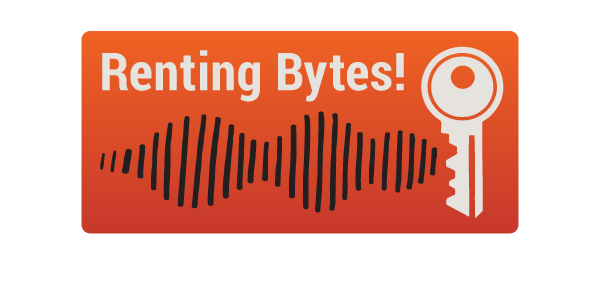Tenants' Union at the Community Sector Blueprint launch
Leo Patterson Ross • 31/03/2023
Recently, the Tenants' Union of NSW attended the Community Sector Blueprint launch hosted by the Australian Council of Social Service (ACOSS). The event focused on how the Blueprint is a necessary resource for providing a clear idea of what a good national framework for renters could look like.
The Tenants' Union was joined by Healthy Homes For Renters, the Public Interest Advocacy Centre, the Energy Efficiency Council, and Better Renting.
To find out more about the Blueprint, watch the video below.
Transcript
Starts 00:50:35 - Ends 01:00:00
The process and development of the Community Sector Blueprint has facilitated a pretty fundamental conversation about what constitutes a modern understanding of a good and habitable home. Far too often ‘healthy homes’ are just not made available to the renters of NSW and Australia generally. A great advantage in the development of the Blueprint process has been how it has drawn on expertise across technical energy, environmental, government regulatory and legal practice, as well as the actual experiences of renters in their homes for this important conversation.
Something the Community Sector Blueprint has done really well, something that’s been missing from so much of the previous reform, is to recognise the dynamic of the rental sector and the importance of designing systems that reflect and respond to current realities.
One of the basic issues in this dynamic is a misunderstanding in Australian jurisdictions that regulating the contract is sufficient to deliver tenancy rights. This really hasn’t yet delivered, because it misunderstands the relationship between the parties involved. One party is looking for a home. The other is predominantly cast as an investor.
Attempts to regulate and improve the standards of the rental homes keep falling apart for two main reasons. The first problem is the issue of ‘no grounds’ evictions. If landlords can end a tenancy for no reason, this undermines the ability of a renter to assert any existing rights, including rights to repair and maintenance, or for properties to meet the required liveable standard. The second is the shortage of actually available and genuinely affordable homes that can offer competition to shoddier homes. For those living in substandard homes they are trapped as there are no real alternatives available for them to move to.
Another way this comes out is the famous split incentive. ‘Split incentive’ refers to a circumstance in which the person paying for a feature doesn’t receive a direct benefit and so is less inclined to install it. For rental housing, it is most often brought up in relation to energy efficiency, and especially solar. Not everyone recognises that there is also a split incentive for carrying out repairs - at least in the short-medium term landlords do not always consider there to be a benefit in carrying out repairs. People are so desperate for a home, they will pay for a home even when it is deficient and landlords can take advantage of this situation.
One of the big shifts we need to see is clearer recognition that provision of shelter, housing, is an essential service. And ultimately landlords, as the people providing the essential service of shelter, need to be drawn into a new conversation that recognises the outcome of a good quality, healthy home is the primary driver of why that industry exists. Investment from governments, and from the private sector is about enabling that outcome. And evaluation of the industry has to be: is it delivering this outcome?
Protections against possible implications for rents, and the importance of removing ‘no grounds’ evictions need to be and are considered by the Blueprint. But one of the main principles in the Community Sector Blueprint I’d highlight is the recognition compliance mechanisms cannot be reliant on the renter themselves. This has been missing in much of our tenancy reform in the past. Because it is built into the tenancy contract it is reliant on the tenant to bring up a problem - essentially putting their tenancy at risk, receiving bad references for future applications, generally being treated as a troublemaker or nuisance when all they are trying to do is enforce basic legal rights written into the contract.
The idea of having compliance taken off the shoulders of the consumer or customer is not a new idea. A compliance system that does not rely on the consumer is prevalent in many other essential service industries, including very market driven markets like food where we have hygiene and safety standards and inspectors and other mechanisms to ensure standards are being met.
To finish, I’d like to just reiterate that as with much of public policy, we can’t isolate the question of implementation of energy efficiency standards. It must be considered in the context of a broader housing strategy and system, and in particular renting regulatory structures. The Blueprint does this well, and we are keen to see decision makers draw on the Blueprint as they progress the development of a National Framework for energy efficient rental homes.




